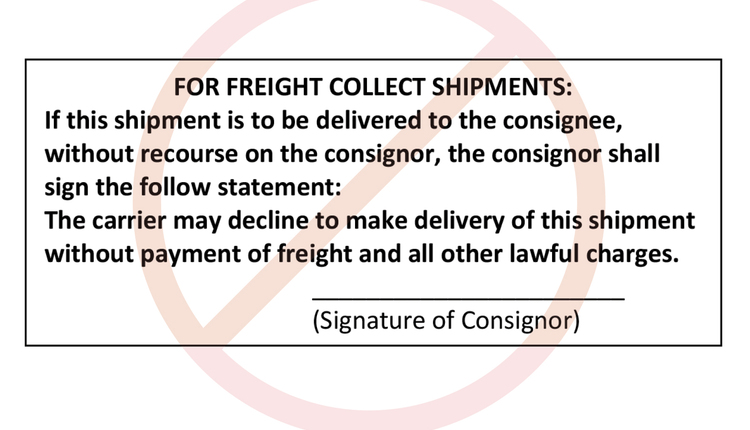This article originally appeared in the January/February, 2018 issue of PARCEL
In the last installment of PARCEL Counsel, we explored the legal characteristics of UPS and FedEx. While researching for that installment, I was reminded of the origin of UPS, which I would like to share with the readers in the context of last-mile delivery. While this topic is more operational in nature than the usual legal topics addressed in this column, I have a saying, “It helps to know where you are… if you know where you have been.”
The term “last-mile delivery” has become very common in recent years, especially in parcel shipping. Wikipedia defines “last-mile delivery” as “a term used in supply chain management… to describe the movement of… goods from a transportation hub to a final destination in the home.” Wikipedia also noted that the “last leg of the supply chain is often less efficient, comprising up to 28% of the total cost to move goods.”
In the beginning. United Parcel Service began life as a motor carrier in 1907 delivering packages in the Seattle, Washington area. In that era, and continuing into the 1950s, the “retail giants” were large department stores located in the downtown business districts of the nation’s cities. The service that UPS focused on was to deliver parcels from those stores to the customers’ homes. I am old enough to remember this era, and my recollection is that there was no charge for this service.
After originating in Seattle, UPS grew by providing this service in other cities and concentrated its services within what are known as “commercial zones.” From the very beginning, UPS called its vehicles “package cars.” Thus, the “last-mile delivery” in those days was the delivery of packages from a retail store, as opposed to a transportation hub, to the customer.
The 50s and 60s. The concept of shopping centers was first introduced in the Detroit area in the 1950s and spread rapidly. This had a devastating effect on UPS’ core business as the customer would now drive to the store in their own car and take their packages home with them.
UPS addressed this threat by re-engineering itself as an inter-city package delivery service in direct competition with the USPS Parcel Post Service. It grew from there to become one of the largest national carriers in the country. One way in which UPS accomplished this was to become an early and innovative user of intermodal by putting its trailers onto railroad flat cars for the line haul between major metropolitan areas.
Into the future. With the recent explosive growth of e-commence, UPS has become one of the primary providers of transportation that enables this growth. It was not that long ago when advertisements for a product would say “allow 4-6 weeks for delivery.” Now, it is my sense that customers are likely to opt for next day delivery, at a pricy premium, with same day delivery growing fast.
Much of the information for this column was drawn from David J. DeBoer’s Piggyback and Containers. This is a fascinating book that covers much more than intermodal, including a chapter on how UPS and rail intermodal service contributed to each other’s growth.
So, in a way, things have come full circle. UPS is still a last mile delivery provider in 2018 as it was in 1907. However, now the origin is from a manufacturer or major distributor instead of a local department store.
All for now!
Brent Wm. Primus, J.D., is the CEO of Primus Law Office, P.A. and the Senior Editor of transportlawtexts, inc. Previous columns, including those of William J. Augello, may be found on the Parcel website at http://parcelindustry.com/by-author-1130-1.html. Your questions are welcome at brent@primuslawoffice.com.





![GettyImages-911045162-[Converted]](https://cms-static.wehaacdn.com/parcelindustry-com/images/GettyImages-911045162--Converted-.2298.widea.0.jpg)












